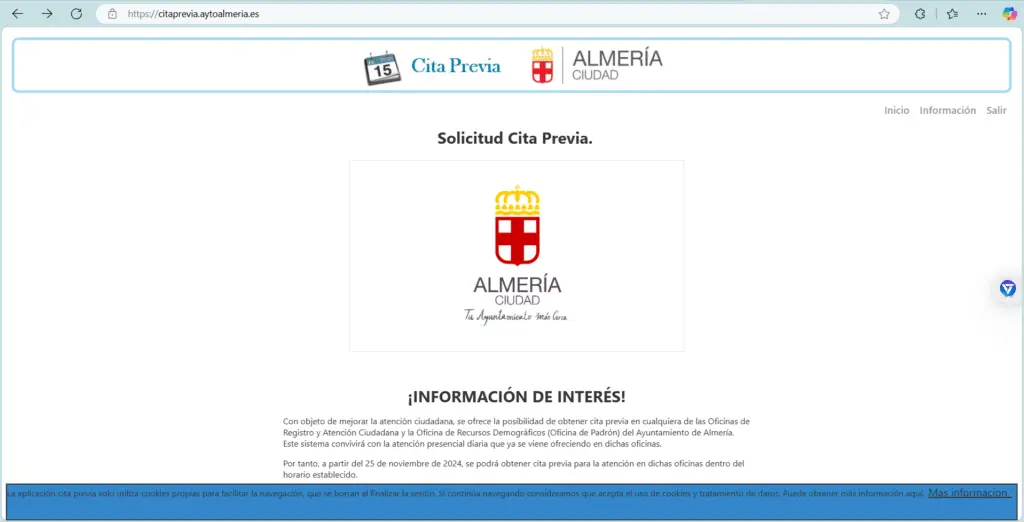When I first moved to Spain, I thought getting empadronado (registered at my local town hall) would be a simple formality. Little did I know, it would be my first real dive into Spanish bureaucracy. In this post, I’m sharing my honest, personal experience—no sugar-coating. Whether you’re just arriving or about to start your empadronamiento in Spain journey, this guide will help you avoid surprises and win the system (maybe).
What is Empadronamiento, and Why Do You Need It?
Empadronamiento is your official registration with the local municipality (ayuntamiento) in Spain.
It proves where you live and is required for:
Healthcare access
School enrollment
Residency processes (like NIE or TIE)
Local services and voting in municipal elections
Without it, your life in Spain stays unofficial and complicated.
Booking the Appointment (Cita Previa): A Game of Luck
Booking a cita previa was my first hurdle. The website often crashed, showed no appointments, or simply refused to load. I refreshed at midnight, early mornings, late nights… until finally, a slot appeared!
Booking the cita previa wasn’t easy — in fact, I wrote a whole post about the real experience and review of Spain’s appointment system here.
Quick Tip: Use multiple browsers and devices. Appointments often open early morning or at midnight.

The Required Documents: What They Told Me vs. What They Asked For
Online, I found a list of documents: Empadronamiento in Spain
Passport or NIE
Rental contract or utility bill
Empadronamiento form (filled out)~
Authorization letter (if you’re not the contract holder)
Sounds simple? Think again.
At the office, they asked for:
My rental contract AND a recent utility bill
My landlord’s ID copy
A signed authorization letter (even though I’m on the contract!)
Lesson learned: Always bring more than you need. Bureaucracy here loves surprises.

At the Town Hall: Polite Faces, Paper Puzzles
On the day, I reached the Ayuntamiento 20 minutes early. The staff were polite but formal. No smiles, but no rudeness either.
They checked every paper. And then… “Falta un documento.
One document was missing—a signed letter from my landlord. I had to rebook and return a week later
Still, the second time was smoother. Within minutes, they printed my volante de empadronamiento—a small paper with a big
impact.
How Long Did It Take?
In total:
1 week of daily website checking
2 appointments (because of missing papers)
2 weeks total to be fully empadronado
It wasn’t a nightmare, but not a quick win.
Helpful Tips for Your Empadronamiento In Spain Journey
Be over-prepared:
Bring copies of every possible document.
Double-check requirements:
Each city/office has different rules.
Get your landlord involved early:
You’ll likely need their ID and signature.
Book your cita previa early:
Don’t wait till your visa deadline approaches.
Don’t panic:
Many expats go through this chaos—you’re not alone.
Would I Call It a Nightmare?
Honestly?
No. It was frustrating, yes. But once you know the process and expect a little chaos, it’s manageable.
Think of it as a rite of passage into Spanish life.
Conclusion:
Getting empadronado is essential but rarely straightforward. It’s where Spain’s charming chaos meets cold paperwork. If you’re prepared, patient, and persistent, you’ll get through it. And when you finally hold that volante, trust me, it’ll feel like a victory.
Best of luck with your Empadronamiento in Spain journey.
Bureaucracy Made Easy? My Brutally Honest Review of Spain’s Cita Previa System



